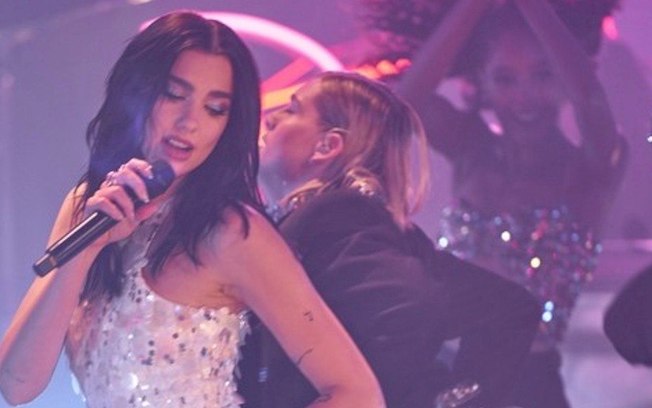

Live music streaming remains a niche activity but a growing one, according to Mulligan. One factor holding back live streaming pre-pandemic was the live music sector but, when venues closed in March 2020, it was a case of needs must. This is also a difficulty for the National Theatre, as most licensing frameworks do not cover performances of this kind. He noted that the pandemic had stimulated live music streaming, despite the complexity of clearing rights. The RTS also heard from Mark Mulligan, who runs MIDiA Research.
#LIVENOW DUA LIPA FREE#
Forty per cent of the audience were under 35, said Burger, who revealed that, despite the streams being free (with an option to donate), the National Theatre still had to pay fees to the artists and creators involved in the productions. The success of the not-for-profit UK arts power- house’s response to coronavirus speaks for itself: National Theatre at Home launched on 1 December and has screened 17 productions.

I look forward to the industry adapting,” said Lisa Burger, executive director at the National Theatre. “There is an important new audience out there. They presented an upbeat vision, albeit one tinged with caution, of the future where live streaming could complement concert- and theatre-going. Three leading practitioners discussed the future of streaming at an RTS London event, “Full stream ahead”, last month. The hope in certain parts of the creative industries is that the pandemic has shown the beginnings of new streaming business models akin to, say, pay-per-view live boxing, where people are happy to pay £20 to watch a big fight. In 2020, Dua Lipa’s Studio 2054 live stream netted 5 million viewers in more than 170 countries, while National Theatre at Home generated around 15 million views.

As the performing arts went into hibernation during the past year, streaming performances have arguably started to come into their own.


 0 kommentar(er)
0 kommentar(er)
